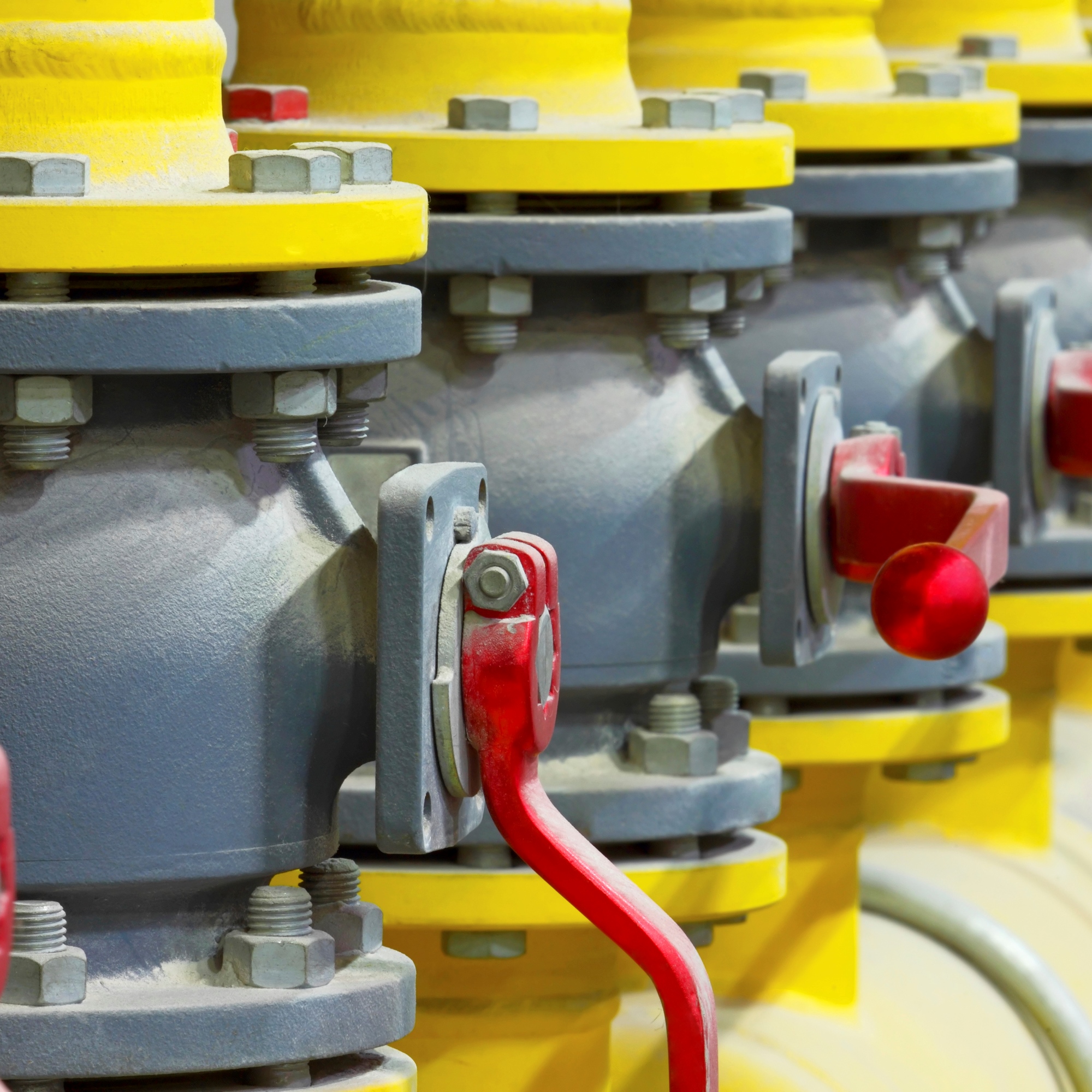Energy
8 Real Reasons Natural Gas Could Skyrocket Over the Next Year

Published:
Last Updated:

Wall Street usually is a very rear-view mirror kind of place, where decisions are made after a dramatic market move already has happened. Just this week, Goldman Sachs raised its sector rating on energy from Sell or Underweight to Neutral. That is after a huge move in the price of oil since the lows that were posted in February. While the upgrade is positive, it sure wasn’t very timely.
In a new research report, Jefferies analyst Jon Wolff takes a very deep dive on the natural gas market, and he believes we could see a sharp rise in the spot pricing for the commodity over the next year. He cites the oversupply finally cracking, and the severe under-investment over the past couple of years as the energy bust absolutely blew out production.
Here are the eight key reasons cited in the report why the price could rocket higher over the next year or so.
1. The U.S. natural gas “set-up” could be very bullish by the fourth quarter of 2016. The storage surplus is expected to decline as production is falling and capital formation on regulatory condition for the infrastructure remain challenging.
2. The decrease in March supply may mark the beginning of the rollover of U.S. natural gas supply.
4. Natural gas spending is down a huge, about 50% in 2016, and that is after an additional decline of around 30% in 2015.
5. U.S. natural gas demand continues to grow. Last year marked the sixth consecutive year of growth for U.S. demand. Jefferies cites the massive switch from coal as a major reason. In fact, for the first time ever in 2015, natural gas overtook coal as the top generation fuel for U.S. power.
6. Gas exports to Mexico continue to grow. In fact, exports to Mexico have grown for five consecutive years and ran above seasonal highs last year.
7. Producers can’t just turn production back on. The activation time to be back up and producing is posted in the report as six to nine months from what the analyst calls the “time zero” capital decision. Hardly like flipping a switch.
8. The top producing areas, like the Marcellus and Utica shales, are becoming pipeline short. The analysts note that there are limits on pipeline evacuation to the demand centers, which has created what they call severe bottlenecks. The future for new evacuation is murky at best, it appears.
While this is the work and thoughts of a single firm, one thing is for sure. By the time others on Wall Street see the move and make a bullish call, it will be long after the natural gas has left the $2 spot price station. Jefferies feels that prices can reach $3.50 to $4.00 by later in 2017. The wild card is also weather, which can also induce spikes in the pricing.
Take the quiz below to get matched with a financial advisor today.
Each advisor has been vetted by SmartAsset and is held to a fiduciary standard to act in your best interests.
Here’s how it works:
1. Answer SmartAsset advisor match quiz
2. Review your pre-screened matches at your leisure. Check out the
advisors’ profiles.
3. Speak with advisors at no cost to you. Have an introductory call on the phone or introduction in person and choose whom to work with in the future
Take the retirement quiz right here.
Thank you for reading! Have some feedback for us?
Contact the 24/7 Wall St. editorial team.